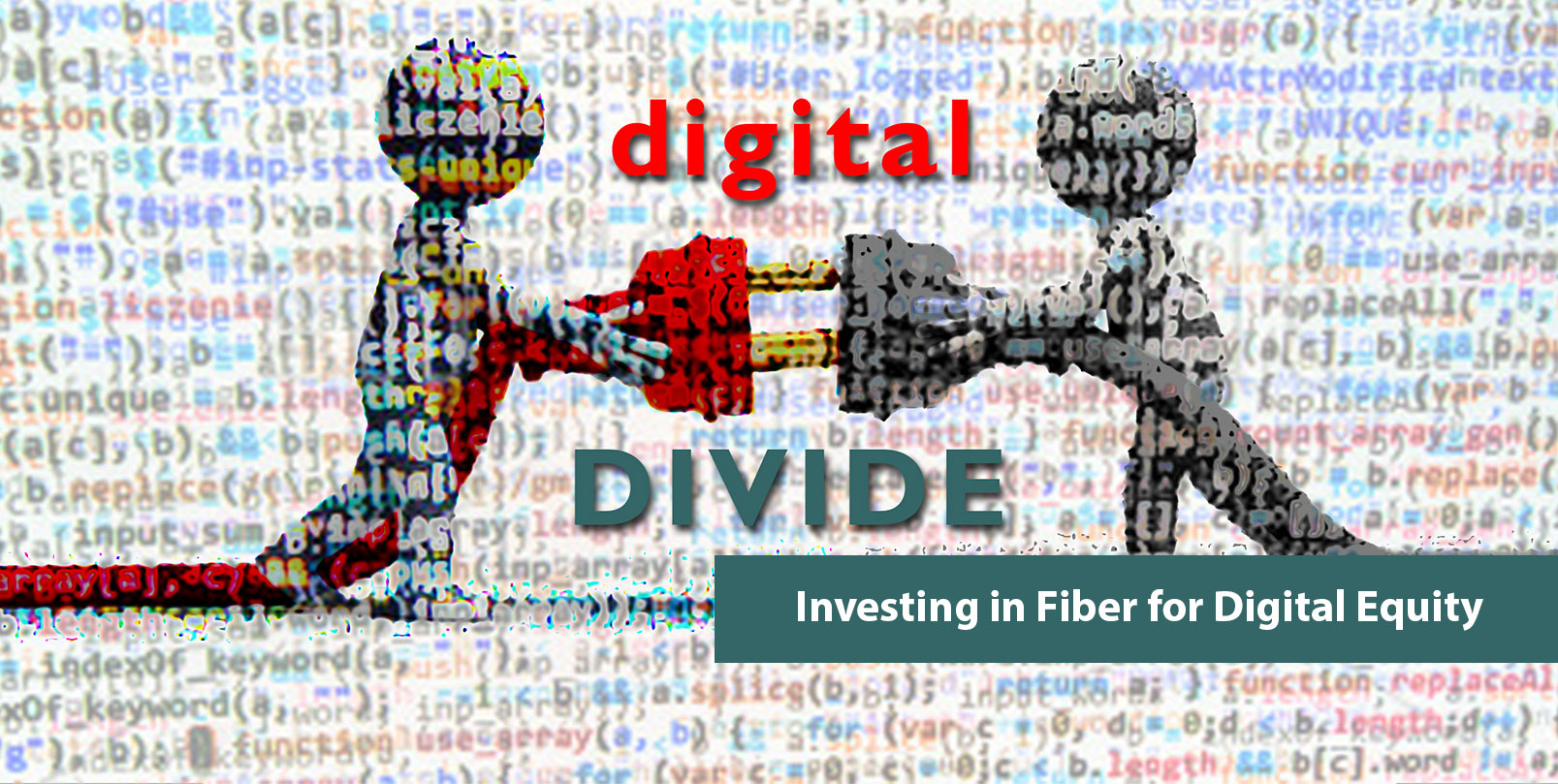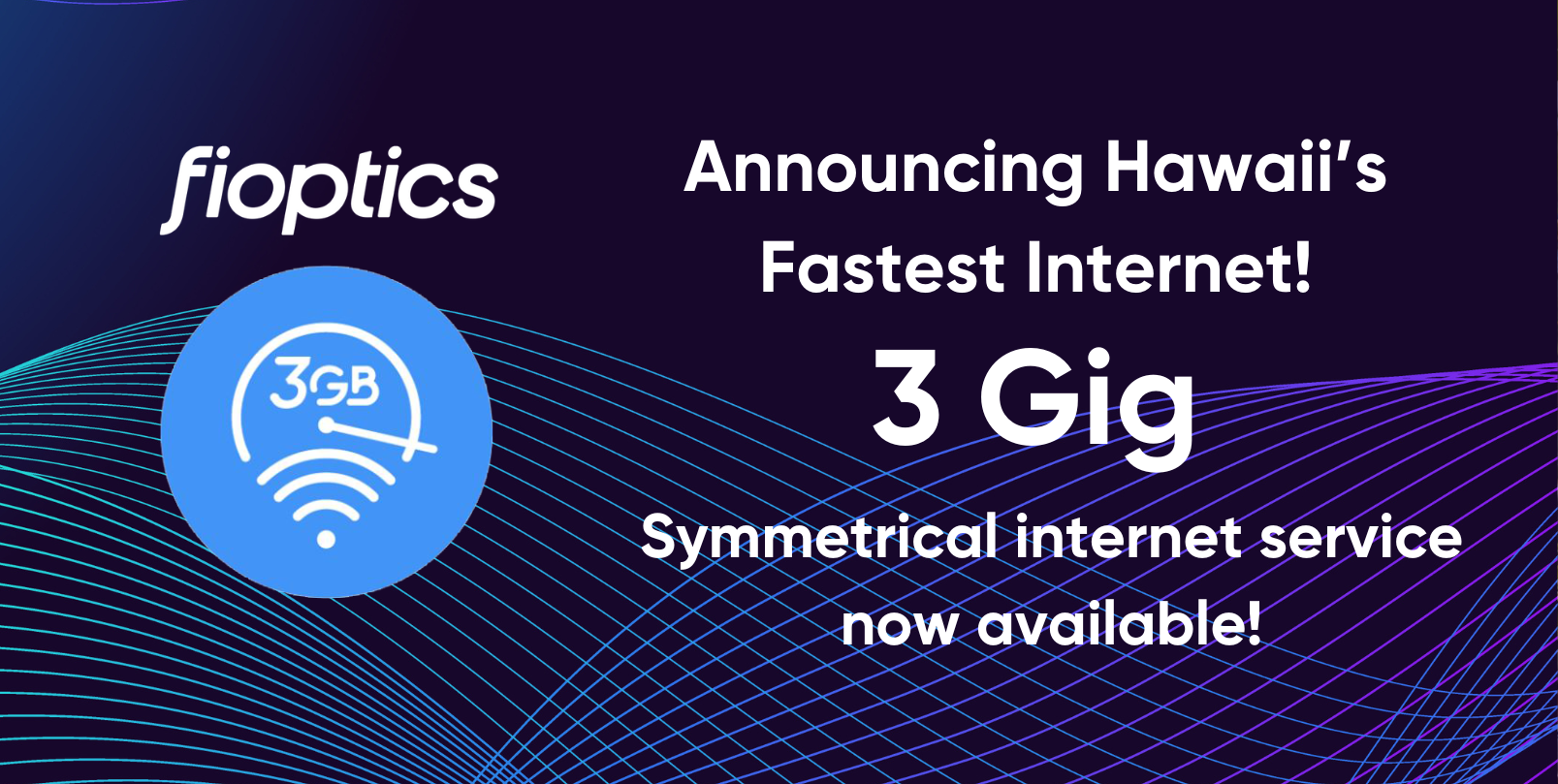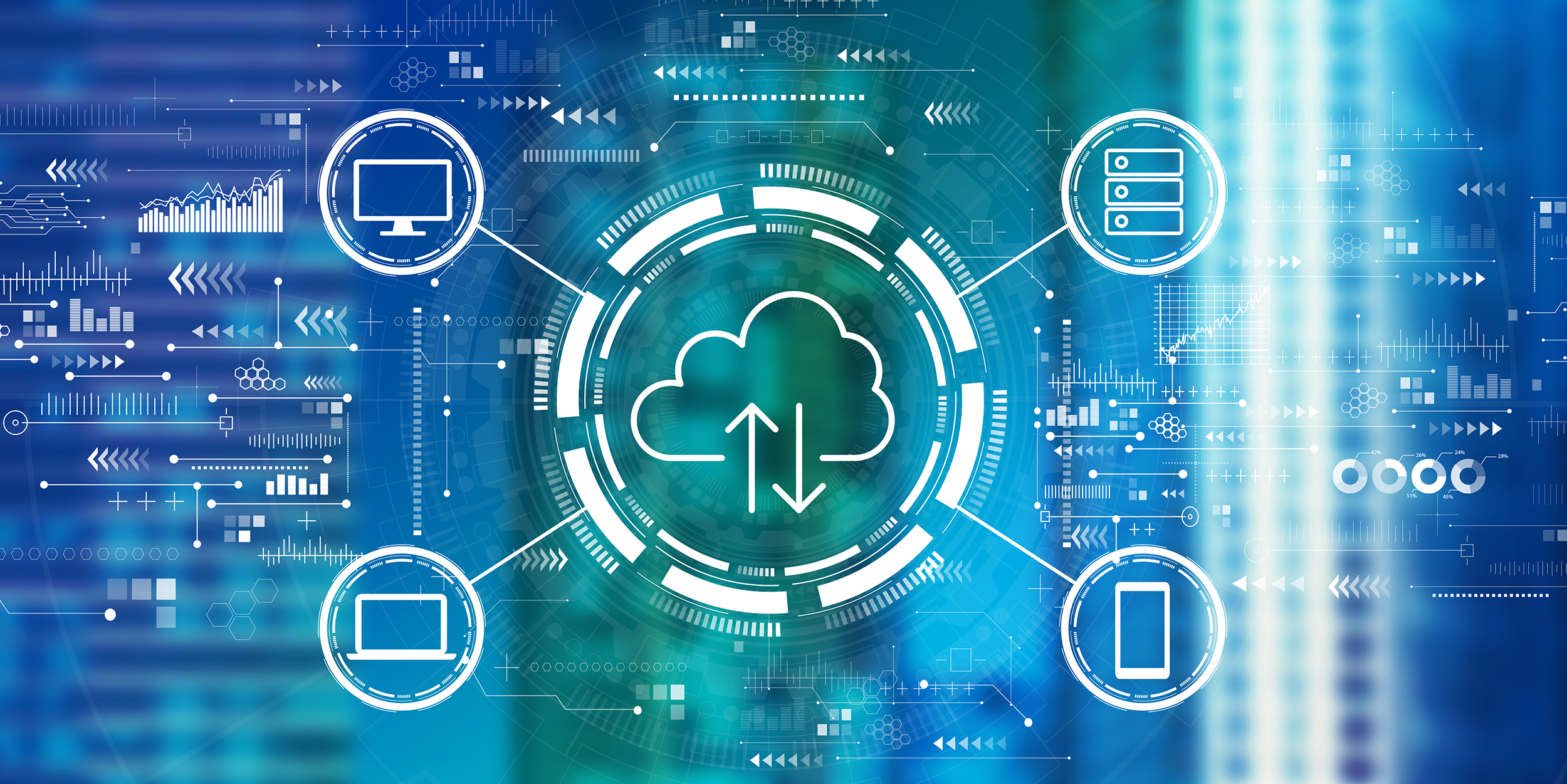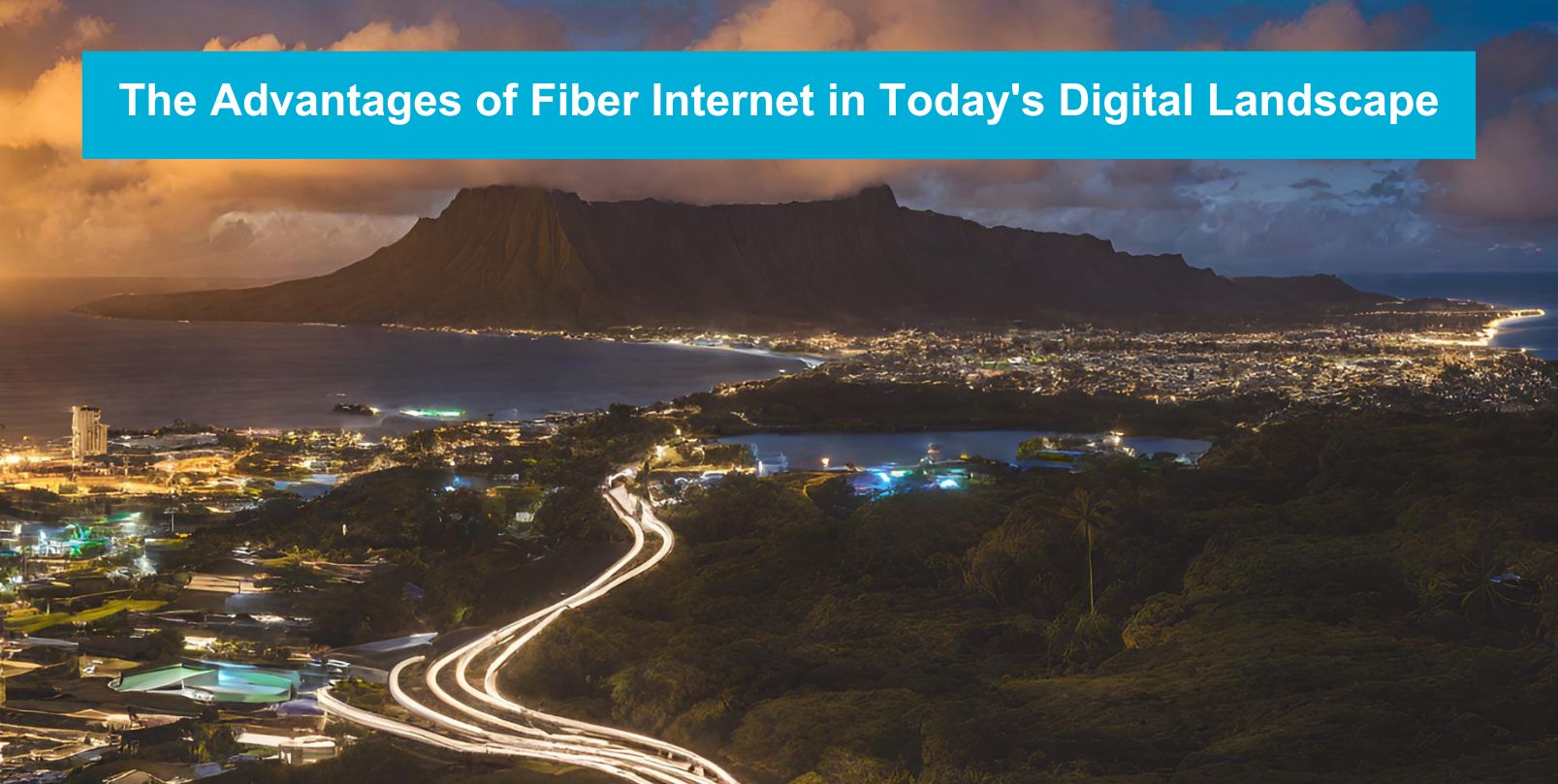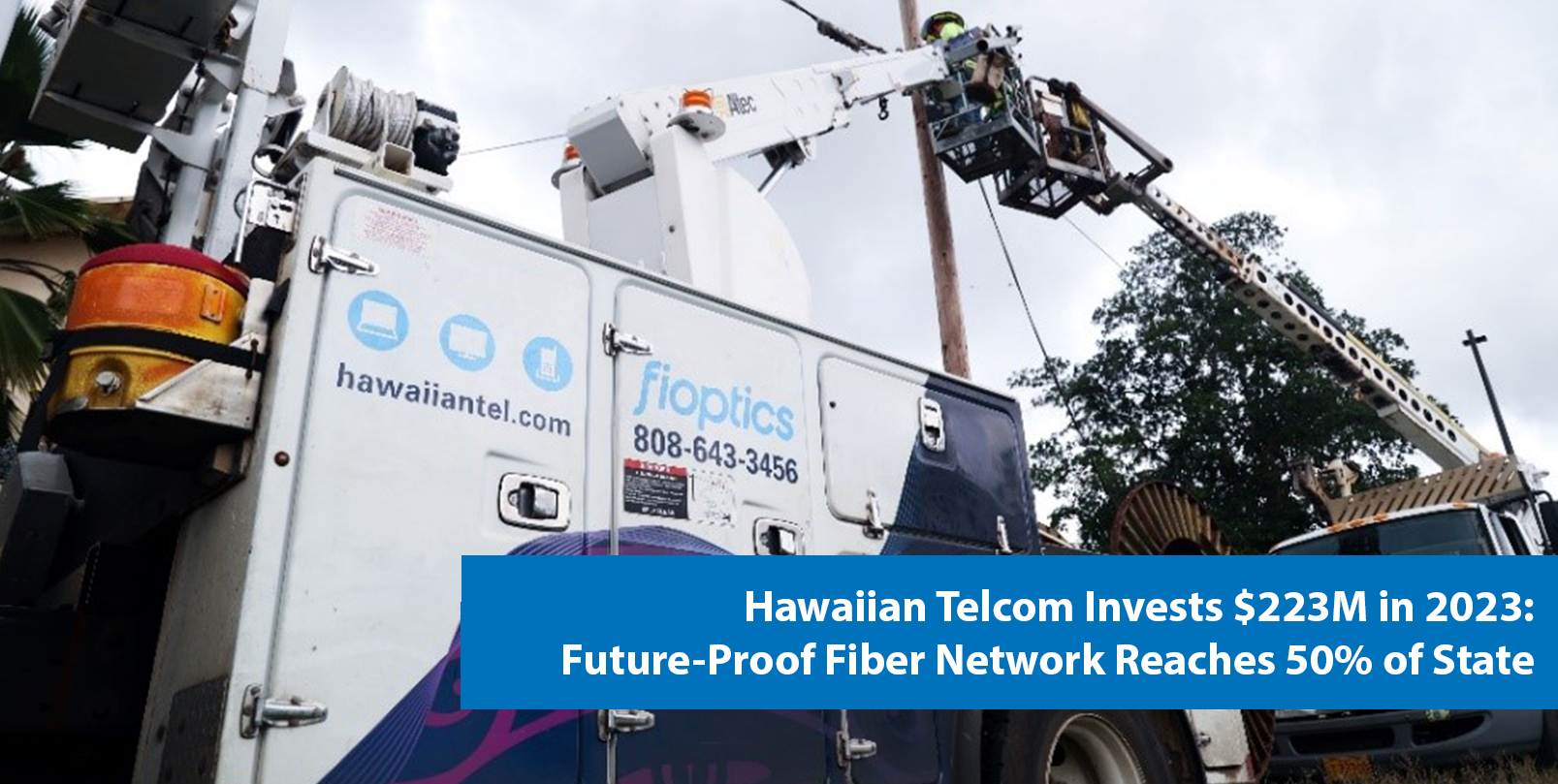Investing in Fiber for Digital Equity
Our increasingly digital world can bring our island community closer together if we work together. Broadband enables us to connect to the world from anywhere at any time, yet the neighborhood we live in and our socioeconomic status often unfairly determine our connectivity.
Those with access to reliable Internet service can make online transactions, conduct virtual meetings for business, and stay connected with family and friends for social support. Online access is no longer a luxury but a basic need required to engage in school, work and play. Unfortunately, the COVID-19 pandemic made it clear that many Hawaii families, especially those in rural communities, have inadequate access to digital devices, connectivity and skills.
To close this digital divide, government, community groups and the private sector must work together so no one is left behind.
Lack of broadband access is one of the causes of the digital divide, exacerbating differences between the “haves” and the “have nots” along geographical, racial and economic lines. According to 2019 American Community Survey data, over 19% of Hawaii households with an annual income of less than $75,000 do not have an internet subscription.
In addition, nearly 9% of Native Hawaiian and Pacific Islanders do not have an Internet subscription, compared to 4.6% of Hawaii’s total population, and 8.2% of Native Hawaiian and Pacific Islanders do not have a computer in their home.
Fortunately, our state is committed to addressing these inequities. Infrastructure; computer access; affordable, quality broadband service; and technical knowledge all help to level the playing field.
In partnership with the Hawaii Broadband Hui, an organic coalition of diverse partners promoting digital equity and access, Gov. David Ige recently signed four broadband-related bills, an important first step to help bridge the digital divide.
Having the University of Hawaii and the newly established Hawaii Broadband and Digital Equity Office convene a working group to determine how to best operate and maintain broadband assets will move the digital equity needle in our state.
Creating a digital literacy program, establishing a digital learning center within the state Department of Education, and requiring broadband infrastructure for new or reconstructed public housing beginning next year will also push our state forward.
But the devil is in the details. Success will require a collaborative effort between the public and private sectors.
Since 2010, Hawaiian Telcom has invested more than $1 billion to expand its fiber footprint, maintain and increase capacity of its communications network, and support integrated communication solutions for residential, businesses and wholesale customers. This year, Hawaiian Telcom is further expanding its fiber network into underserved areas on the neighbor islands, including Molokai and Lanai.
As fiber is deployed deeper into rural areas, wireless carriers can also improve their coverage and service, which creates even more access and healthy competition. This supports efforts like HawaiiKidsCAN’s WiFi on Wheels program, which was launched across four islands in immediate response to the pandemic to give local families access to free, safe internet connectivity.
If government policies create a favorable business climate, the private sector will continue to invest and offer expertise in operating technically complex broadband networks. This ultimately benefits Hawaii’s residents and businesses.
Hawaii must tap into its fair share of federal funding to close the gaps in underserved and unserved areas, and promote the Affordable Connectivity Program, which provides broadband discounts to eligible households. The private model of broadband deployment in the U.S. — with targeted support in unserved communities — is the key to achieving 100% connectivity.
We have an unprecedented opportunity to improve the health, education and economic well-being for everyone in our state, to make Hawaii more resilient, and to shape our digital future.
© Honolulu Star-Advertiser

